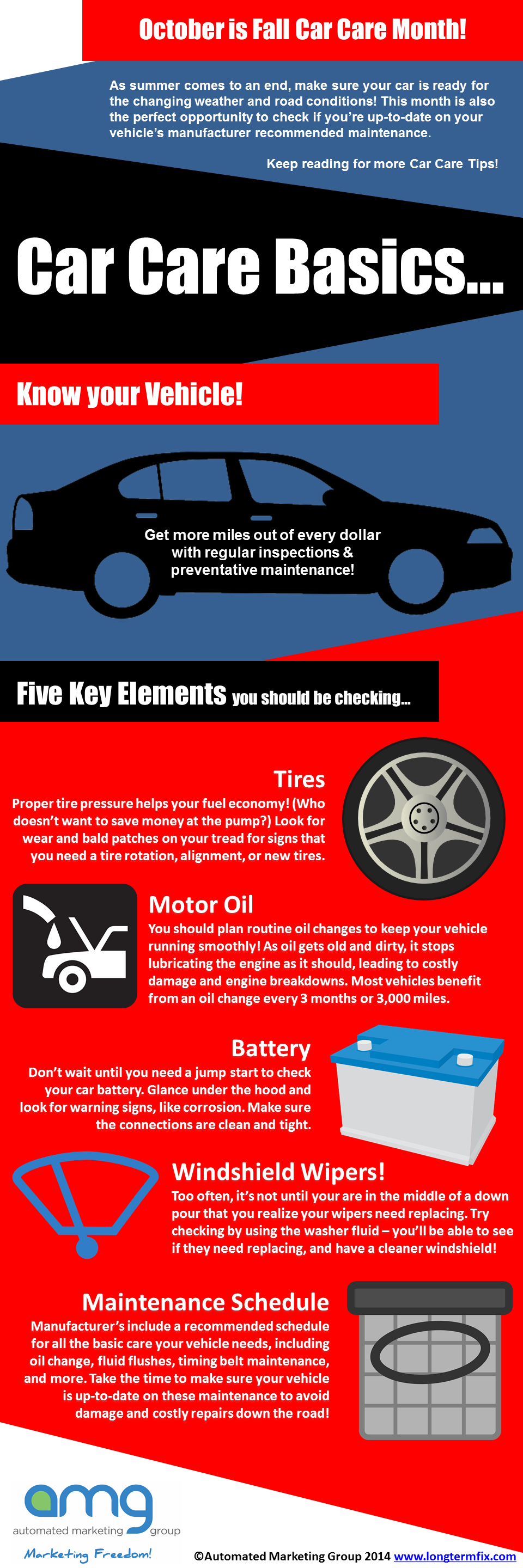Decoding Your Car'S Caution Indicators: What They Genuinely Symbolize
Decoding Your Car'S Caution Indicators: What They Genuinely Symbolize
Blog Article
Material Create By-Higgins Forbes
When you're behind the wheel, those beautiful warning lights on your dashboard can be a little bit bewildering. Do you know what they're attempting to tell you regarding your cars and truck's wellness? Recognizing clean car interior of these lights is important for your security and the long life of your car. So, the following time among those lights turns up, wouldn't you want to analyze its message accurately and take the required actions to address it?
Common Caution Lighting and Interpretations
Recognize typical warning lights in your cars and truck and comprehend their significances to guarantee secure driving.
canterbury auto detailing of the most typical caution lights include the check engine light, which indicates concerns with the engine or emissions system. If this light begins, it's crucial to have your vehicle examined immediately.
The oil stress alerting light suggests reduced oil stress, requiring prompt focus to prevent engine damages.
A blinking battery light may suggest a defective charging system, possibly leaving you stranded otherwise dealt with.
The tire stress monitoring system (TPMS) light notifies you to reduced tire stress, influencing vehicle stability and fuel effectiveness. Disregarding this might result in dangerous driving conditions.
The abdominal muscle light shows an issue with the anti-lock braking system, compromising your ability to quit rapidly in emergency situations.
carwash near e but not least, the coolant temperature level cautioning light warns of engine overheating, which can result in serious damage if not resolved swiftly.
Recognizing these typical caution lights will certainly aid you attend to issues immediately and maintain secure driving conditions.
Value of Prompt Interest
Comprehending the typical caution lights in your auto is only the very first step; the importance of without delay addressing these warnings can't be stressed enough to guarantee your safety when driving.
When a caution light brightens on your control panel, it's your cars and truck's method of interacting a prospective problem that requires focus. Neglecting these warnings can result in more severe issues down the road, endangering your safety and potentially costing you more in repairs.
visit the following website page to cautioning lights can stop malfunctions and accidents. As an example, a blinking check engine light can indicate a misfire that, if left ignored, might trigger damage to the catalytic converter. Resolving this without delay can save you from an expensive fixing.
In a similar way, a brake system alerting light may indicate reduced brake fluid or used brake pads, critical parts for your safety when driving.
Do It Yourself Troubleshooting Tips
If you observe a caution light on your control panel, there are a couple of do it yourself troubleshooting pointers you can attempt before seeking expert assistance.
The initial step is to consult your cars and truck's manual to comprehend what the particular caution light indicates. In some cases the concern can be as easy as a loose gas cap activating the check engine light. Tightening up the gas cap may deal with the issue.
One more typical concern is a reduced battery, which can trigger different alerting lights. Checking the battery connections for deterioration and ensuring they're protected could deal with the issue.
If a warning light continues, you can attempt resetting it by disconnecting the automobile's battery for a few mins and then reconnecting it. In addition, checking your car's fluid levels, such as oil, coolant, and brake fluid, can assist repair alerting lights associated with these systems.
Conclusion
To conclude, comprehending your auto's warning lights is vital for maintaining your lorry running efficiently and safely. By immediately attending to these alerts and knowing what they suggest, you can prevent expensive repair services and potential breakdowns.
Keep in mind to consult your auto's handbook for specific information on each warning light and do something about it accordingly to guarantee a trouble-free driving experience.
Stay notified, stay safe on the road!
